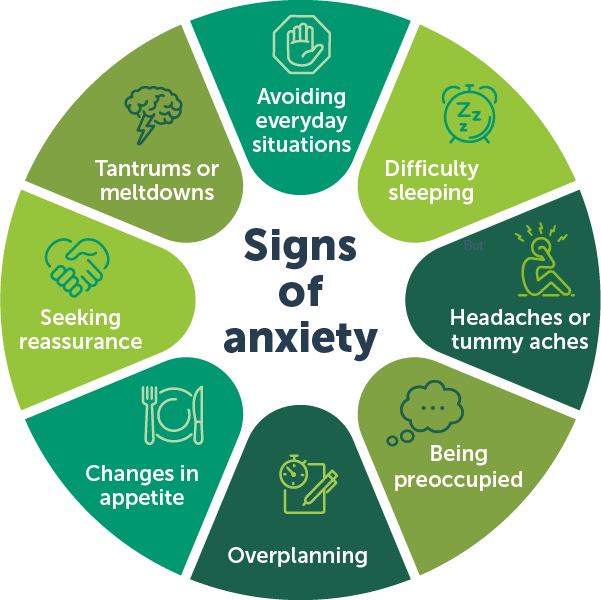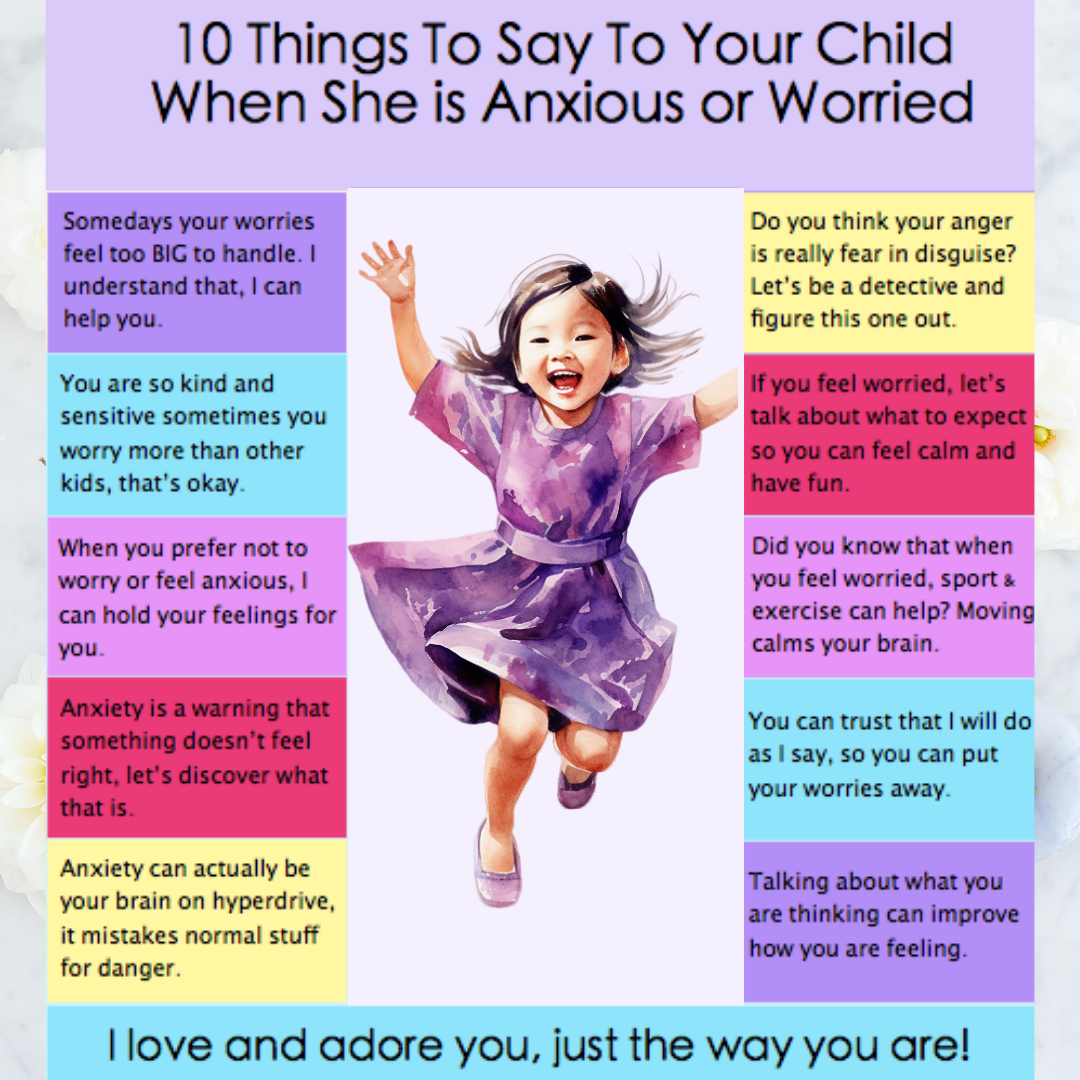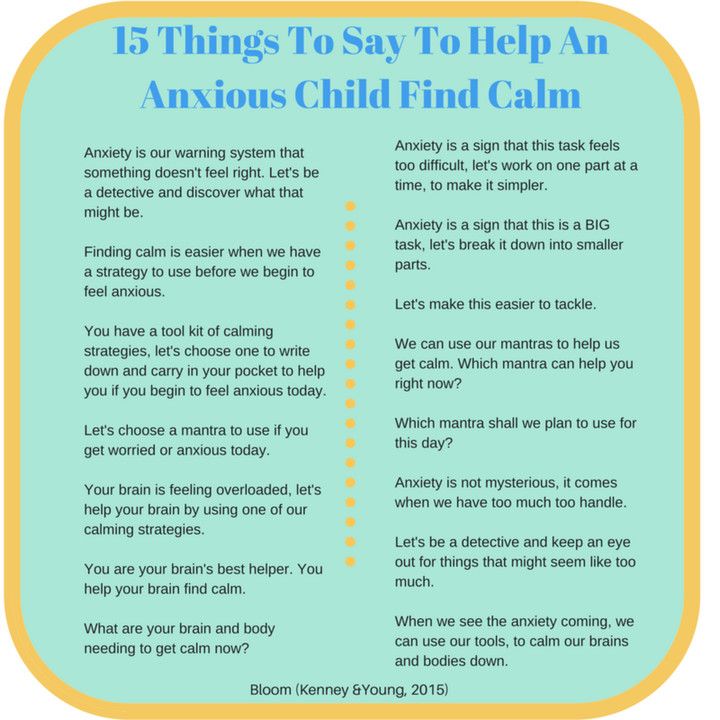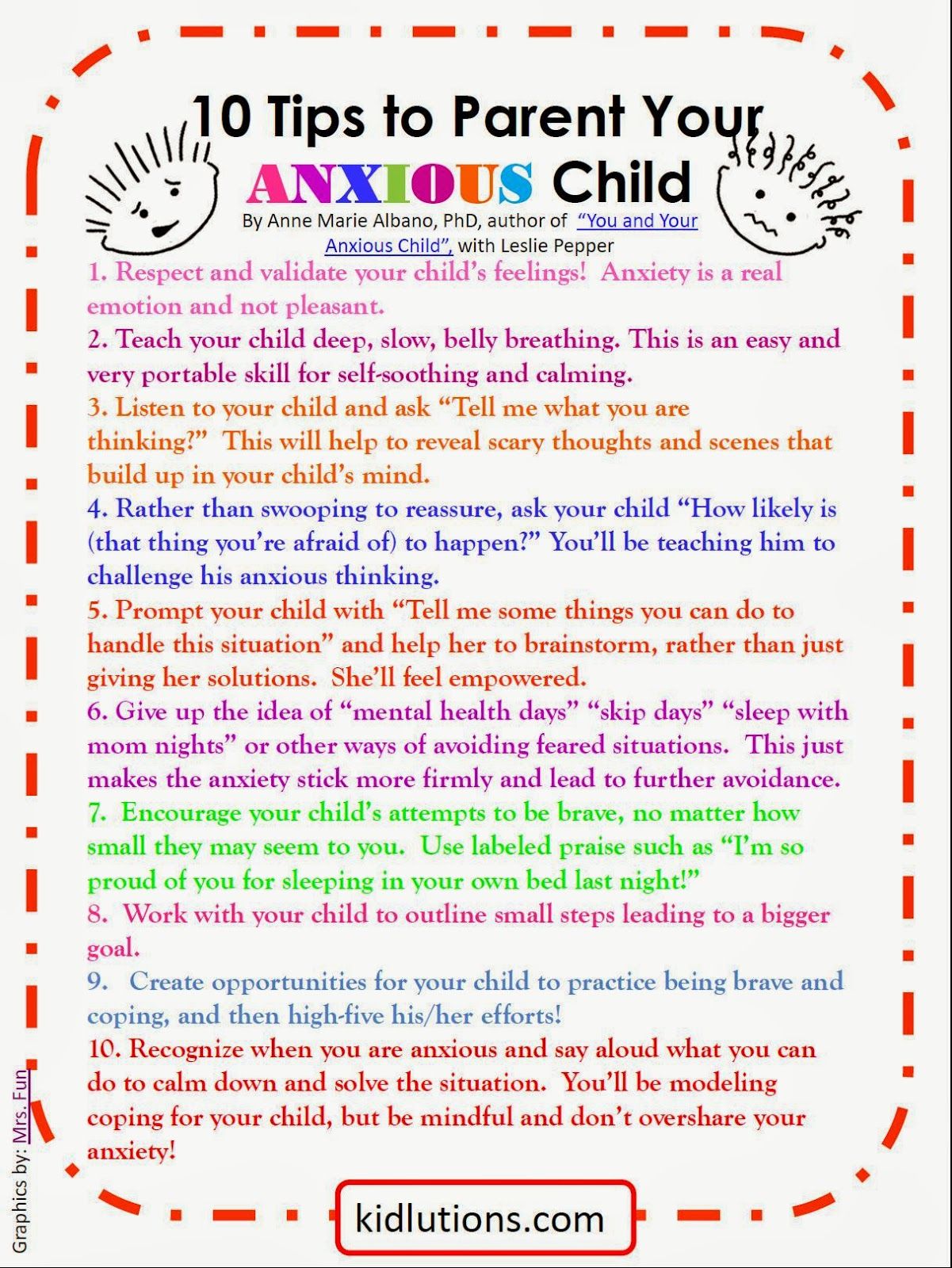Research indicates that anxiety can be passed down through generations, not just through learned behaviors but also through genetic predispositions. The amygdala, a part of the brain responsible for emotional processing, plays a pivotal role in anxiety. It triggers the body's fight-or-flight response, even in the absence of actual danger, leading to heightened states of anxiety. Understanding this can empower parents to approach their child's anxiety with compassion and a science-backed perspective.
Recognizing anxiety in children involves observing changes in their behavior, such as increased irritability, trouble sleeping, avoidance of certain activities, or physical symptoms like stomachaches. Teenagers might withdraw, exhibit changes in their academic performance, or show signs of substance use. Identifying these signs early on can lead to more effective support and intervention.


What to Say to Your Anxious Child
Communication plays a crucial role in comforting an anxious child. Here are some strategies:
- Validate their feelings: "It's okay to feel scared. Everyone feels anxious sometimes."
- Encourage them to express their feelings: "Can you tell me what's making you feel anxious?"
- Offer reassurance: "I'm here with you. You're safe."
For teenagers, the approach should slightly differ to respect their growing need for autonomy and identity:
Acknowledge their struggle: "It seems like you're going through a tough time. I'm here if you want to talk about it."
Empower them: "You've handled tough situations before. What do you think could help you feel better right now?"
Practicing Comforting Strategies
Recognizing anxiety in children involves observing changes in their behavior, such as increased irritability, trouble sleeping, avoidance of certain activities, or physical symptoms like stomachaches. Teenagers might withdraw, exhibit changes in their academic performance, or show signs of substance use. Identifying these signs early on can lead to more effective support and intervention.
Having a visual aid, such as an infographic saved on your phone, can be a practical tool in comforting your child. This infographic can serve multiple purposes:
As a distraction: Engage your child by asking them to name the colors on the rainbows or to identify the animals depicted.
For emotional connection: Share stories about the animals, perhaps inventing adventures that can serve as metaphors for overcoming fears or challenges.
To foster creativity and security: Encourage your child to pick their favorite animal from the infographic and imagine stories together, thereby creating a safe, imaginative space for them to explore their feelings.
Using this tool outside anxious moments can strengthen your bond and provide a shared language for coping with anxiety.





Understanding and supporting an anxious child or teenager requires patience, empathy, and informed strategies. By acknowledging the neuroscience behind anxiety, recognizing the signs, and practicing comforting communication, parents can significantly alleviate their child's distress.
The infographic "8 Things to Comfort Your Anxious Child" serves as a valuable resource in this journey, offering a creative and engaging way to support and connect with your child. Remember to save this tool on your phone for easy access, and embrace the opportunity to be the change-makers in your family's generational patterns of anxiety and trauma.










